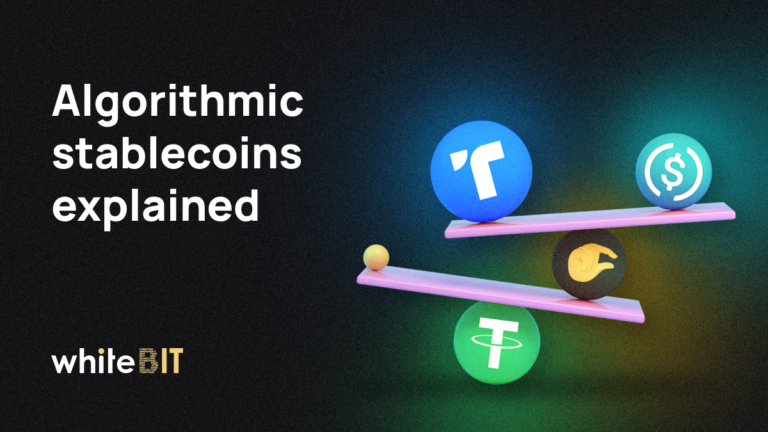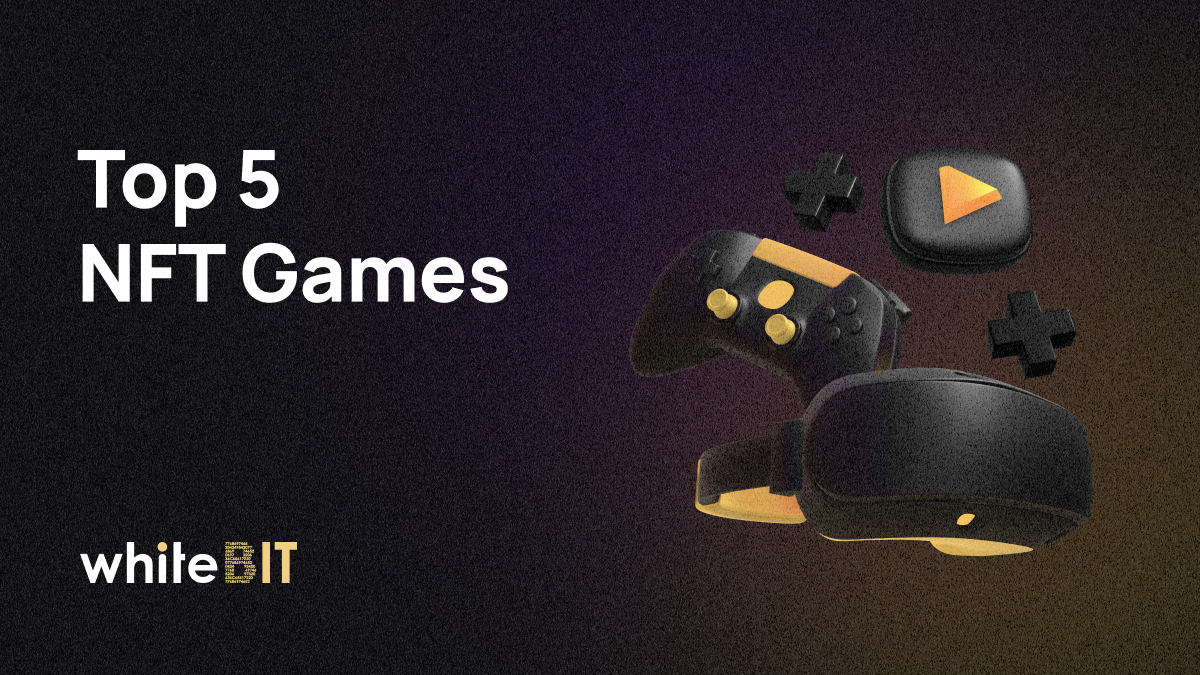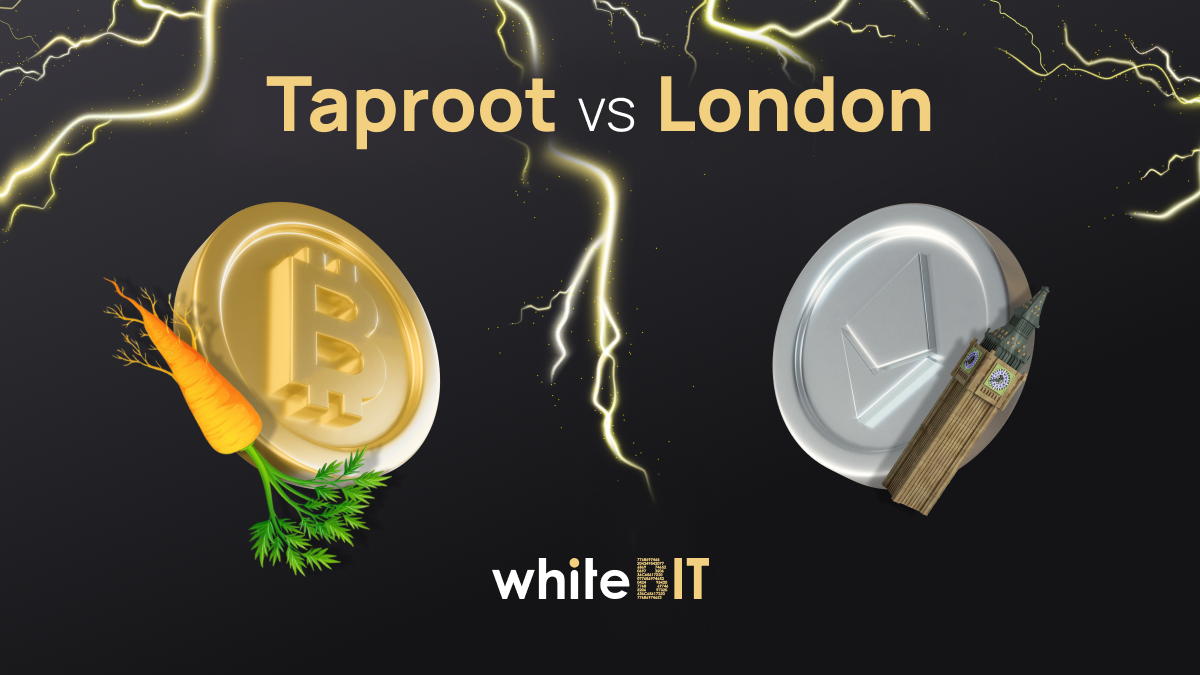Web 5: What Is Emotional Web?

Content
“It will probably be our most important contribution to the development of the World Wide Web,” – with these words Jack Dorsey, former CEO of Twitter and current CEO of Block, highlighted the announcement of his company’s new project on social networks.
Web 5 is an innovative and influential theory that implies creating, managing, and controlling our identities in the digital space. Today, in order to create an account or get verified on the platform, one needs to entrust the third party with their personal information, meaning the latter will be accessed and controlled by others. Dorsey and co believe that the decentralization of the Internet is possible, and, thanks to the Web 5 technologies based on the decentralized Bitcoin mainnet, we will finally be able to enjoy digital independence and privacy very soon.
Let’s dive into the topic and see how this idea is evaluated within the tech community.
Web 5 definition
Web 5 is a concept of an open source decentralized platform based on the Bitcoin blockchain that was developed by TBD, a new Dorsey’s company that focuses on developing decentralized financial services. To make it clear, it is currently a project, not a stage of the Internet development, like Web 3. However, a successful implementation of Jack Dorsey’s idea can initiate a full-scale development of similar projects that will push back the Internet we are used to currently. Now, back to the definition. The number 5 here means the totting of the concepts of Web 2.0 + Web 3.0 = Web 5.0.
Jack believes that the meaning of a decentralized Internet is now underestimated. The aim of Dorseyʼs Web 5 is to create a platform that gives users full control over their personal data and digital identities. Let’s take a look at what forms Web 5 can take in theory, according to developers.
Key components of Web 5
Dorsey’s concept of Web 5 is built around the creation of an autonomous digital identity, or, as TBD calls it, a decentralized identity. The implementation of the idea is based on three main components described at the presentation of the Web 5 project.
- Decentralized Identifiers (DIDs). These are universal identifiers that are not controlled by one center and are generated independently using cryptography. DID use the second level network of the Bitcoin blockchain, ION, which allows only their owners to manage identifiers.
- Decentralized Web Nodes (DWNs). It is a cellular storage of encrypted and public information, entirely owned by users. Its mechanism allows verification of the identity of objects that want to exchange data.
- Verifiable Credentials. It is data that consists of components to verify and confirm the authenticity of something. These components include the issuer and object DIDs. The issuer DID creates a digital signature that guarantees the authenticity of information about the object.
TBD says that decentralization of identity ownership is an upgrade aimed to advance user comfort, such as the default wallets containing information that will not be passed on without permission. For instance, as the test version, Apple has launched digital identity via mobile driving licenses in some areas of the US. People in these areas can now hold their driver’s license in their Apple Wallet, ready to present wherever it may be needed. It is absolutely secure for the user 💎
The TBD presentation explaining the concept of Web 5 contains several examples of how complete data control can make life easier for users. Let’s say you like to use different music streaming platforms, but each time you need to customize the apps according to your preferences. Web 5 has a solution! You can store your data in a decentralized web node. Thus, you have the ability to give any music application access to your settings, which will enable you to take your music experience anywhere.
Web evolution
The Internet is transforming, and all the benefits that we enjoy now, until recently, were the figment of the imagination of the leading minds of the industry. Despite the criticism and mistrust of skeptics, the progress cannot be stopped, so today we are discussing a completely new concept of the Web. Let’s discuss the stages of the Internet development.
Web 1: The Reader-only Web
During the days of Web 1, slow types of Internet connections were dominant, and it caused numerous limitations. For example, videos during times of Web 1 were rare. Instead, users had only forums and chats to communicate.
Web 2: The Social Web
Thanks to the high-speed Internet, multimedia info (video, music, graphics) has become popular during Web 2. So, this time is highlighted with the emergence of new web services, the development of web programming, improved design and usability of sites, and a decrease in the user’s willingness to be anonymous. The highlight of the 2 Internet is Facebook.
Web 3: The Semantic Web
The defining characteristics of Web 3 are decentralization, as data will no longer be stored on single servers, but distributed among users. AI, machine learning, openness, freedom of action, and omnipresence are other characteristic features of Web 3.
Web 4: The NeuroWeb
Today, Web 4 is characteristic of mobility and voice interaction between a person and a robot, such as Siri or Alexa. However, the potential of this Web version will be fully unleashed, according to preliminary estimates, only around 2040. For us, it opens up the possibilities of the Brain-computer interface (BCI), fully reveals the concept of the metaverse, AI, and IoT.
Web 5: The Emotional Web
So, what is Web 5 actually? Outside the context of Jack Dorsey’s team project, Web 5 definition can sound like a reader of emotions. It is assumed that this will be achieved using emotion-sensing technologies, and android assistants will become common for us. Any Web version is a whole generation, filled with a variety of innovative ideas that became, or will become, a reality one day.
Web 5 and crypto
The owner of Block accurately notes that today’s version of the Web (3.0) is a single point of failure systems. Adding examples of Solana (SOL) and Ethereum (ETH), he concluded that the Bitcoin-centric model would help create the kind of opportunities that would push us from Web 3, which concentrates on outdated concepts. In contrast, the Bitcoin-based idea proposes to flip the financial system by giving investors and individuals control over their data.
Feels like a new reality
The talks about Internet decentralization and its development in general are incredibly inspiring. We are looking forward to the amazing opportunities to be discovered. Even though Web 5, as well as Web 4 are still futuristic theories, we believe that the determination and passion that drive the best minds of the industry are destined to be fruitful.
What do you think about the concept of a decentralized Internet and Web 5? Share your thoughts in our Telegram chat!
FAQ
Is a decentralized Internet possible?
In theory, yes. Specialists are slowly but surely get engaged in the implementation of this idea. We can only wait and follow the news. By the way, you can do it with us.
It may seem that sharing your data is not a big deal, but data leaks to the wrong places constantly create major problems. For example, monopolies can sell your data to gain profit. Today, the open transmission of the users’ data, sometimes exploited by a lack of Internet awareness, is probably the biggest Web problem.
There is no clear line between the Internet generations, so the transition will not be obvious. The Web will acquire new features, our Internet routine will also change. So, it will be clear that the World Wide Web has evolved.









